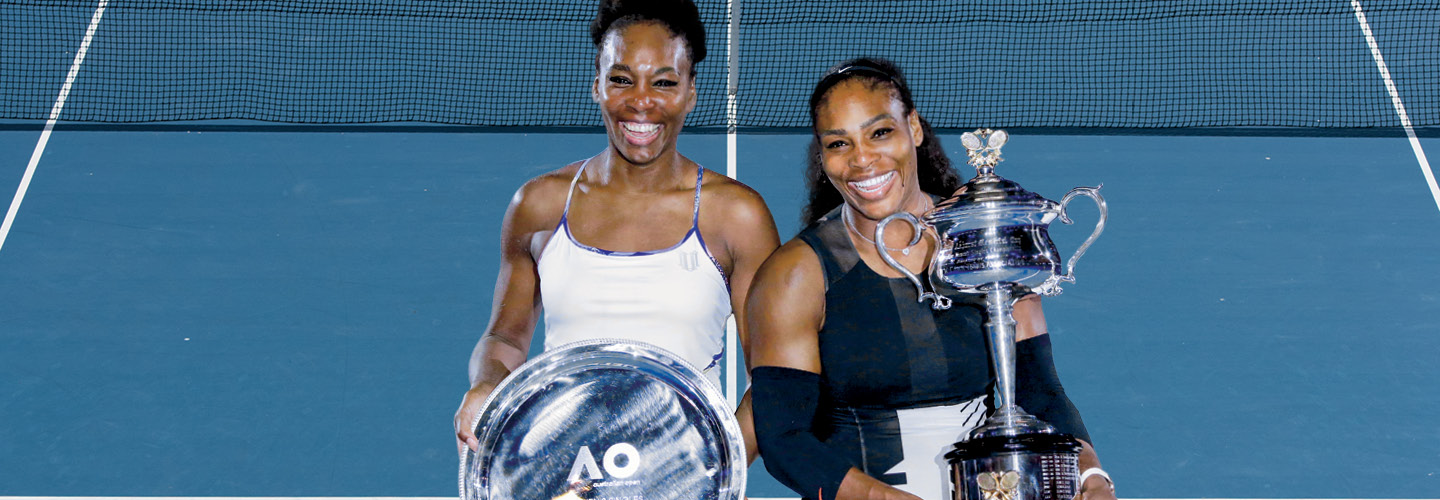Whether it’s on your school’s basketball court or the soccer field at your local park, these days you’re likely to see just as many girls playing sports as boys—but that wasn’t always the case.
As recently as the early 1970s, girls and women in the United States had few opportunities to get in the game. Back then, many schools didn’t offer any team sports for girls.
But that all started to change in 1972 with the passage of a historic education law called Title IX. The legislation—which went into effect 50 years ago this June—banned gender discrimination in schools and colleges that receive funding from the federal government. Under the law, all educational programs and activities at such institutions must provide equal access to male and female students.
Title IX opened doors for girls and women in every aspect of education, such as allowing them to take academic classes they often had been barred from, like calculus and certain science courses. However, the law is perhaps best known for dramatically expanding their opportunities in sports.
Whether it’s on your school’s basketball court or the soccer field at your local park, these days you’re likely to see just as many girls playing sports as boys. But that wasn’t always the case.
As recently as the early 1970s, girls and women in the United States had few chances to get in the game. Back then, many schools didn’t offer any team sports for girls.
But that all started to change in 1972 with the passage of a historic education law called Title IX. The legislation went into effect 50 years ago this June. It banned gender discrimination in schools and colleges that receive funding from the federal government. Under the law, all educational programs and activities at such institutions must provide equal access to male and female students.
Title IX opened doors for girls and women in every aspect of education. For example, it allowed them to take academic classes they often had been kept from in school. That included calculus and certain science courses. But the law is probably best known for widely expanding opportunities for girls and women in sports.

